Human umbilical endothelial cells (HUVECs) have a sex: characterisation of the phenotype of male and female cells
- PMID: 25535548
- PMCID: PMC4273493
- DOI: 10.1186/s13293-014-0018-2
Human umbilical endothelial cells (HUVECs) have a sex: characterisation of the phenotype of male and female cells
Abstract
Background: Human umbilical endothelial cells (HUVECs) are widely used to study the endothelial physiology and pathology that might be involved in sex and gender differences detected at the cardiovascular level. This study evaluated whether HUVECs are sexually dimorphic in their morphological, proliferative and migratory properties and in the gene and protein expression of oestrogen and androgen receptors and nitric oxide synthase 3 (NOS3). Moreover, because autophagy is influenced by sex, its degree was analysed in male and female HUVECs (MHUVECs and FHUVECs).
Methods: Umbilical cords from healthy, normal weight male and female neonates born to healthy non-obese and non-smoking women were studied. HUVEC morphology was analysed by electron microscopy, and their function was investigated by proliferation, viability, wound healing and chemotaxis assays. Gene and protein expression for oestrogen and androgen receptors and for NOS3 were evaluated by real-time PCR and Western blotting, respectively, and the expression of the primary molecules involved in autophagy regulation [protein kinase B (Akt), mammalian target of rapamycin (mTOR), beclin-1 and microtubule-associated protein 1 light chain 3 (LC3)] were detected by Western blotting.
Results: Cell proliferation, migration NOS3 mRNA and protein expression were significantly higher in FHUVECs than in MHUVECs. Conversely, beclin-1 and the LC3-II/LC3-I ratio were higher in MHUVECs than in FHUVECs, indicating that male cells are more autophagic than female cells. The expression of oestrogen and androgen receptor genes and proteins, the protein expression of Akt and mTOR and cellular size and shape were not influenced by sex. Body weights of male and female neonates were not significantly different, but the weight of male babies positively correlated with the weight of the mother, suggesting that the mother's weight may exert a different influence on male and female babies.
Conclusions: The results indicate that sex differences exist in prenatal life and are parameter-specific, suggesting that HUVECs of both sexes should be used as an in vitro model to increase the quality and the translational value of research. The sex differences observed in HUVECs could be relevant in explaining the diseases of adulthood because endothelial dysfunction has a crucial role in the pathogenesis of cardiovascular diseases, diabetes mellitus, neurodegeneration and immune disease.
Keywords: Autophagy; Birth weight; HUVECs; Sex differences.
Figures
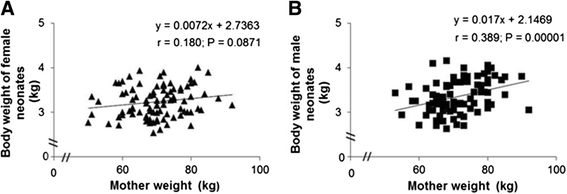
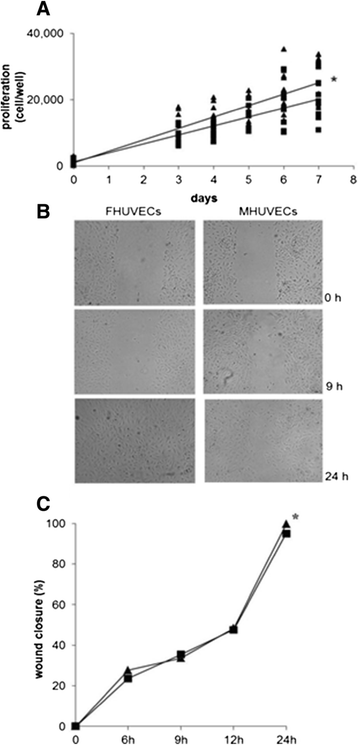
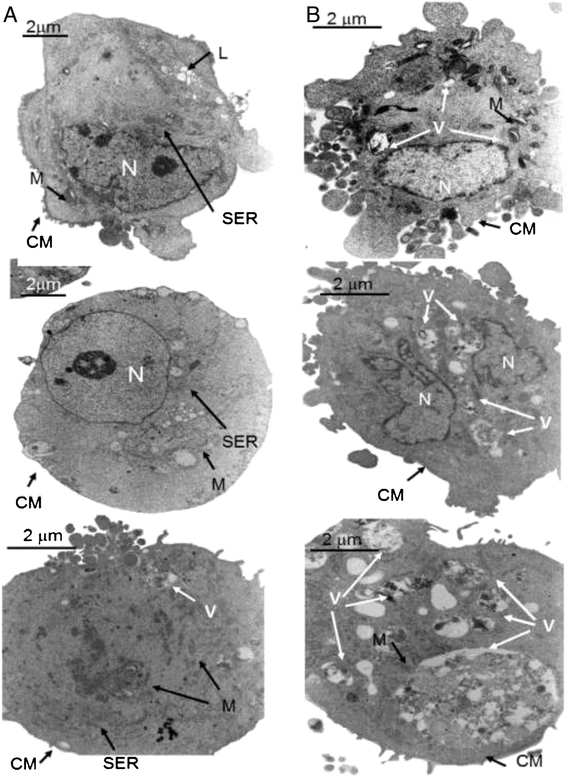
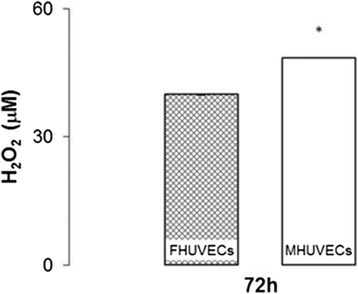
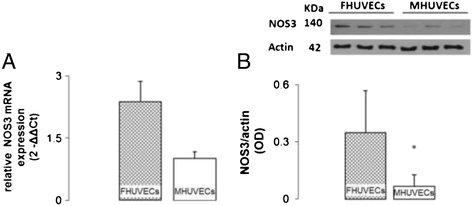

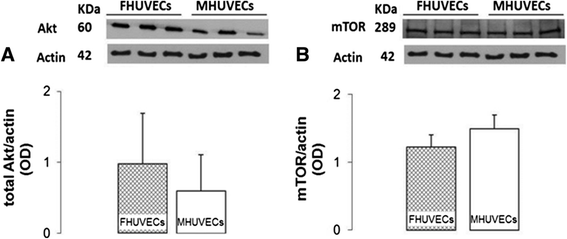

References
-
- Legato MJ. Principles of Gender-Specific Medicine: 2. 2. San Diego: Academic Press; 2009.
LinkOut - more resources
Full Text Sources
Other Literature Sources
Research Materials
Miscellaneous

